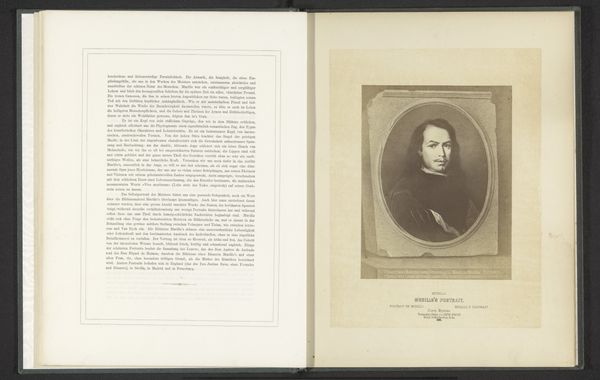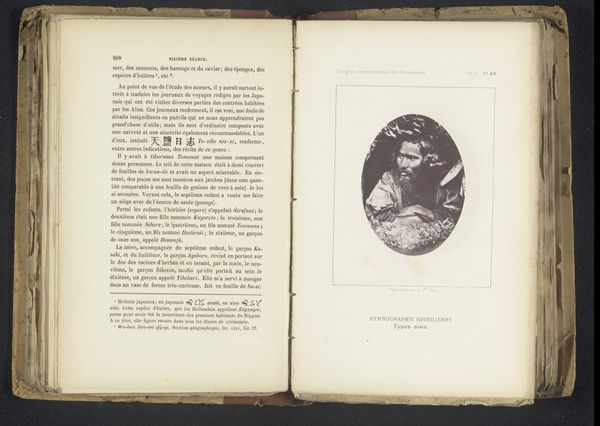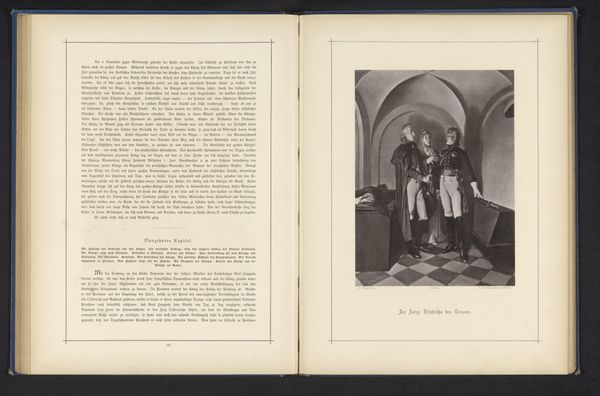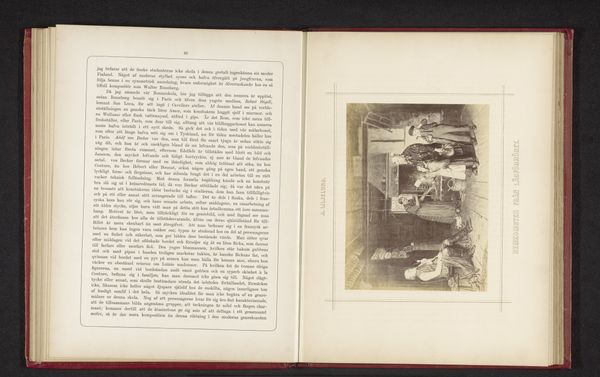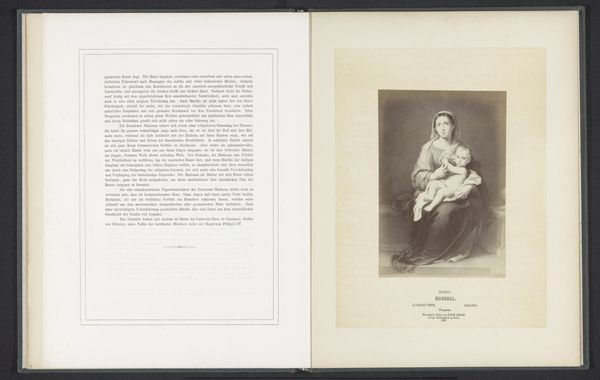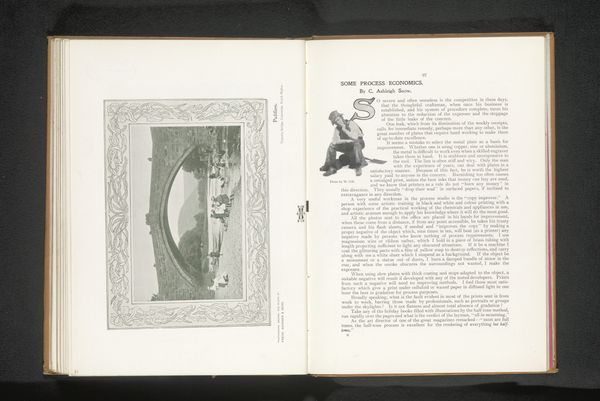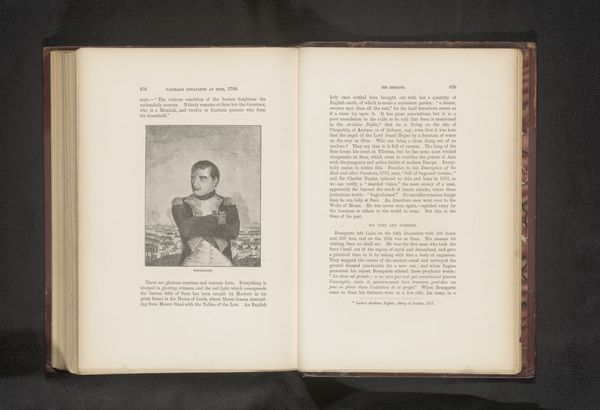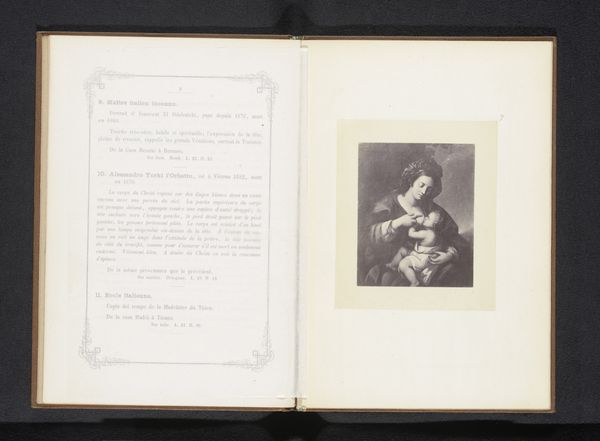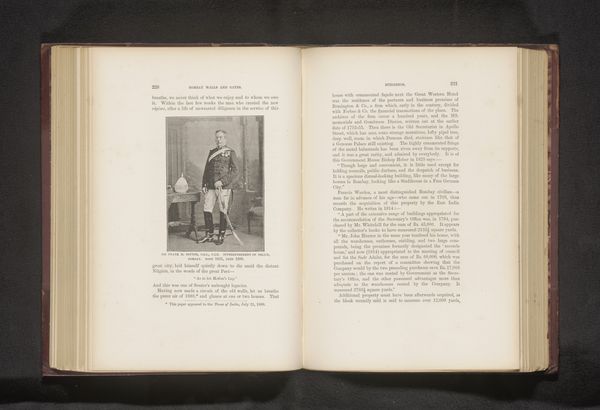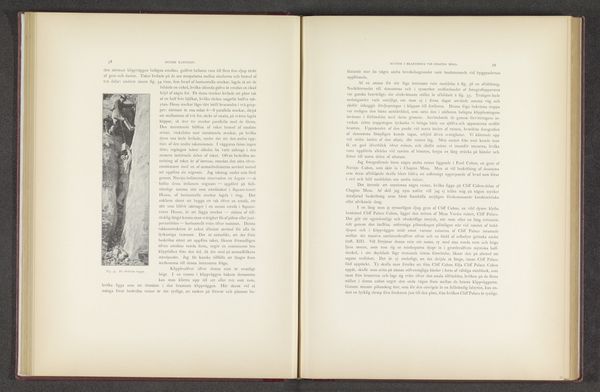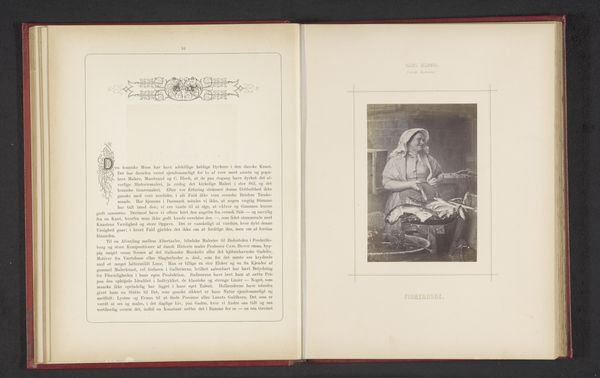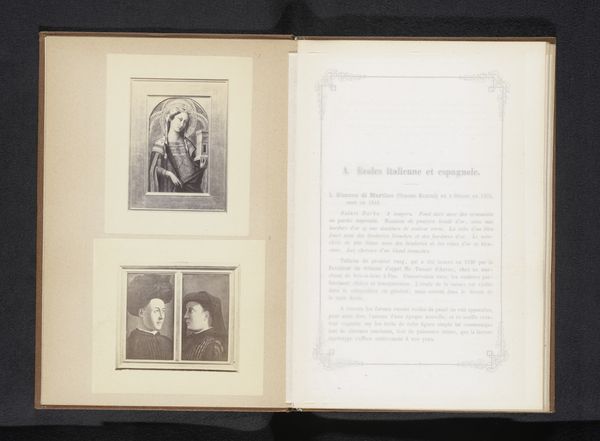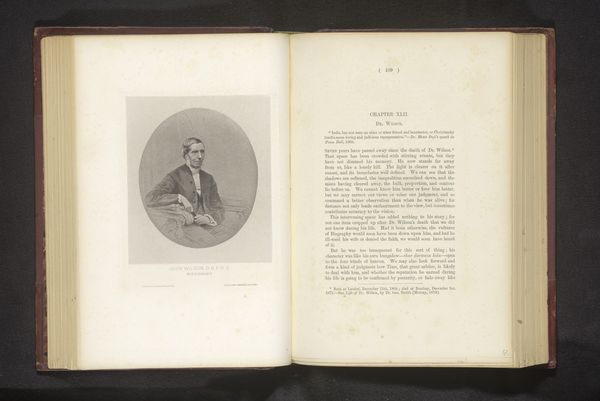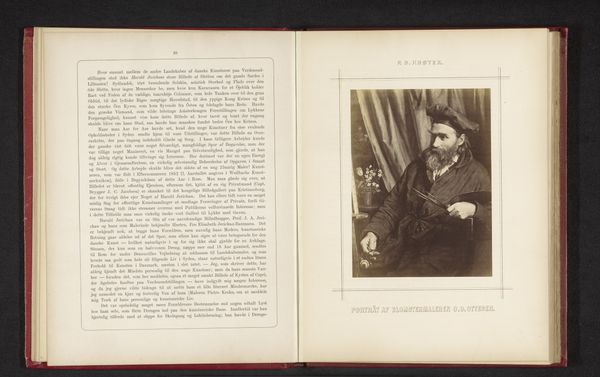
print, photography
#
portrait
#
aged paper
# print
#
photography
#
publication design
Dimensions: height 219 mm, width 159 mm
Copyright: Rijks Museum: Open Domain
Editor: So this is a photomechanical print portraying Frederick William III of Prussia, sometime before 1883. It’s striking how this stern portrait is framed within the context of publication design. What can you tell me about the possible narratives embedded within it? Curator: Well, first off, consider the era it represents, and more significantly, when the print was made. This wasn't a contemporary image, even then. Why reproduce an older portrait? Who was the intended audience and what message was meant for them? Editor: Hmm, so not just what it depicts, but the *act* of depicting it later in history is key. Perhaps a symbol of continuity with a bygone era? Curator: Precisely. The choice to represent Frederick William III, long after his reign, invites us to consider what aspects of his rule were being valorized or perhaps even re-examined. Think about the rise of German nationalism in the late 19th century and how historical figures were being instrumentalized. Do you notice anything particular in his military garb? Editor: Yes, the medals and elaborate epaulettes! Almost like visual reminders of power, specifically military power. Curator: Absolutely! The artist highlights his militaristic side. So how do you think this imagery served the evolving political landscape? Was it meant to bolster support for a particular political faction, promote ideas of strong leadership? Editor: This makes me see the portrait in a totally new light! It’s not just about an individual, but about crafting and maintaining a specific historical narrative. Curator: Indeed. Recognizing those nuances enables us to see art as an active participant in shaping historical and cultural identities.
Comments
No comments
Be the first to comment and join the conversation on the ultimate creative platform.
